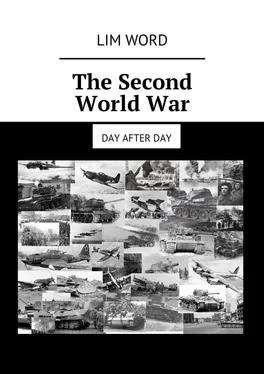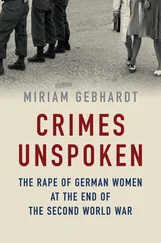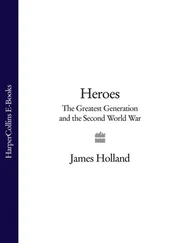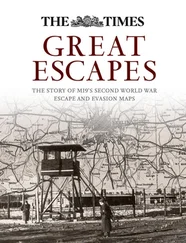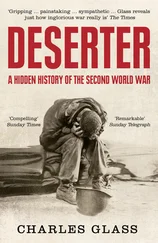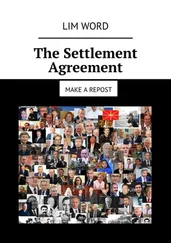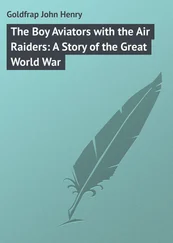Lim Word - The Second World War. Day after day
Здесь есть возможность читать онлайн «Lim Word - The Second World War. Day after day» — ознакомительный отрывок электронной книги совершенно бесплатно, а после прочтения отрывка купить полную версию. В некоторых случаях можно слушать аудио, скачать через торрент в формате fb2 и присутствует краткое содержание. ISBN: , Жанр: Политика, Справочники, Публицистика, История, на английском языке. Описание произведения, (предисловие) а так же отзывы посетителей доступны на портале библиотеки ЛибКат.
- Название:The Second World War. Day after day
- Автор:
- Жанр:
- Год:неизвестен
- ISBN:9785449071330
- Рейтинг книги:4 / 5. Голосов: 1
-
Избранное:Добавить в избранное
- Отзывы:
-
Ваша оценка:
- 80
- 1
- 2
- 3
- 4
- 5
The Second World War. Day after day: краткое содержание, описание и аннотация
Предлагаем к чтению аннотацию, описание, краткое содержание или предисловие (зависит от того, что написал сам автор книги «The Second World War. Day after day»). Если вы не нашли необходимую информацию о книге — напишите в комментариях, мы постараемся отыскать её.
The Second World War. Day after day — читать онлайн ознакомительный отрывок
Ниже представлен текст книги, разбитый по страницам. Система сохранения места последней прочитанной страницы, позволяет с удобством читать онлайн бесплатно книгу «The Second World War. Day after day», без необходимости каждый раз заново искать на чём Вы остановились. Поставьте закладку, и сможете в любой момент перейти на страницу, на которой закончили чтение.
Интервал:
Закладка:
To top it off, the disappointed USSR and France recall their best military specialists. In the ranks of Republicans reign defeatism.
In the spring of 1938, a major offensive of the Francoists in the north-east of the country takes place. Italian air squadrons bomb Barcelona, the provisional capital of the Republic, capture part of the autonomous Catalonia, then turn to the south and cut the territory of the Republicans in half. In June, the nationalists are trying to develop success in the south, in Valencia, but run into a well-prepared line of defense, and bear significant losses.
At the end of November, Franco agrees that German companies will own 75% of the extractive industry capital in Spain and 100% in the colonies; after which Germany resumes large-scale military supplies. The republic also purchases equipment in the USSR on preferential terms, but France, after the Munich agreement, no longer wants to enter into a conflict with the Nazis, and stops military cargo on its border.
The Franco Armed Forces – 340,000 men, 300 tanks, 500 aircraft, are against the demoralized, badly armed 200,000-strong army of the Republic in Catalonia. Republicans do not accept the fight, they already have no bright ideals and interbrigades, along with 280 thousand civilian refugees they go to France.
After this, the nationalists without resistance occupy the remaining quarter of Spain. And, on April 1, dictator Franco declares the end of the civil war.
Irrevocable losses of the parties: francists (nationalists) – 130 000 people, Republicans – 320 000.
In addition, Spain loses 510 tons of gold reserves, settling in the USSR (declaring to the Spaniards much later that it was spent on them).
On the side of the Republicans fought about 2,000 volunteers – pilots, tankmen, sailors and military advisers. In battles and from various incidents, 189 people died, 56 received the title of Hero of the Soviet Union. General Pavlov (Pablo) experienced “cleansing”, defined the task of creating an exclusively caterpillar tank with a powerful large-caliber (simply – long-barreled) gun, but later, as the commander of the Western Front, swept between the broken armies and divisions, in 1941, was shot. Generals produced 22 pilots, 7 of them in the coming years were repressed. Unfortunately, their idea of replacing the unstable many cadets I-15 (and also the I-16 and the “Seagull”) with a new class fighter, was perceived as alarmism, and the proper response from the supreme leadership was not found immediately. In addition, the practical The experience of the confrontation of the Spanish pilots with German aircraft, as always in this system, is strictly classified, and there is no influence on the course of combat training in the Soviet Air Force.
Mikhail Svetlov (Sheinkman) in 1926 wrote the poems “Grenada”, put to music by composers of 20 countries, which became a hymn to the interbrigades, since 1956 – a cult Soviet, or rather folk song. The song is good, but, perhaps, in its minor mood, it programmed the fall of the Spanish Republic. The idea that the death of one fighter does not mean anything, the detachment of this loss simply will not notice, does not attach, if you think about it, a positive. Won not the states for which the little man should give everything, but those who are ready to sacrifice much for their citizen.
At the same time, the fascist march, the unofficial German hymn “Horst Wessel” (“Banners upwards”), clearly possessing some spiritual power, shows that, they say, then their troops notice the loss of fighters, and they are invisibly marching in the ranks of the surviving storm troopers. The Republican cry – “No pasarán!” – “They will not pass” is also, definitely, passive. Nationalists replace him with their less known, but more active: "¡Pasaremos!” – “We will pass.” In the end, four days before the end of the war, dictator Francisco Franco proclaims something that is very difficult to object: “Hemos pasado” – “We have passed.”
As part of the interbrigade fought, was, among other things, George Orwell (Arthur Blair). In his famous works “1984” and “Animal Farm”, he, not without bitterness, shows the degeneration of revolutionary principles, a totalitarian system based on universal fear, enslavement and denunciation.
Francis lives until 1975, after which the post of the head of the country is occupied by King Juan Carlos. The country passes to parliamentarism and constitutional monarchy.
…In March 1938 there was an anschluss, otherwise, annexation, annexation of Austria. Previously, the state apparatus of this country is full of officials receiving a second salary from Germany and pursuing the corresponding policy; At the decisive moment they give the command not to resist the invasion. As a result of the “blindfold war”, without losses, the Reich receives an additional 17%, territories and 6.7 million people, as well as 1.4 billion marks in currency and gold reserves. Austria becomes an administrative unit, called “Ostmark”.
After the “Munich Collusion” with one of the centers of power in Europe, Great Britain and Germany, Sudetes with all defensive structures, populated by 90% ethnic Germans, and then all of Czechoslovakia are transferred. Poland does not want to miss Soviet aircraft to help the Czech Republic. Resistance is rendered only by one garrison, with the commander of which the higher authorities did not manage to contact in time: twenty-four German soldiers were killed and wounded during a forty-minute battle. In addition to 3.5 million ethnic Germans, Germany receives Skoda factories and six hundred fully ready-to-use, fairly good 38 tanks at that time (25 mm armor, 37 mm cannon, suspension close to the Christie system). England returns to the occupied country (hence, already Germany), taken out before that for storage of gold reserves – 1.4 billion marks. Slovakia becomes an independent state after it transfers southern territories to Germany’s ally, Hungary, 87% inhabited by the Hungarians. At the height of the Sudeten crisis, Poland enters its troops in the Teshinsky region, which belongs to Czechoslovakia, where 80,000 Poles and 120,000 Czechs live.
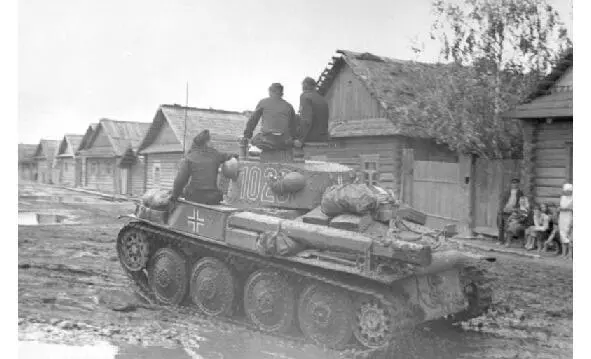
1. Czech tank 38 (t)
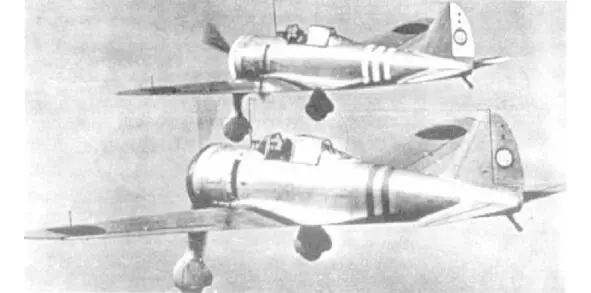
2. Japanese fighter Ki-27
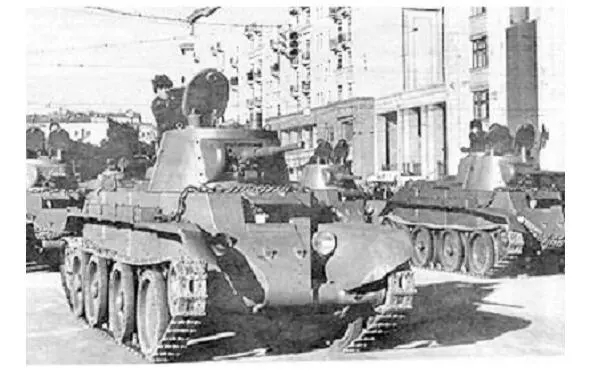
3. BT-7

4. Ha-Guo, Type 95
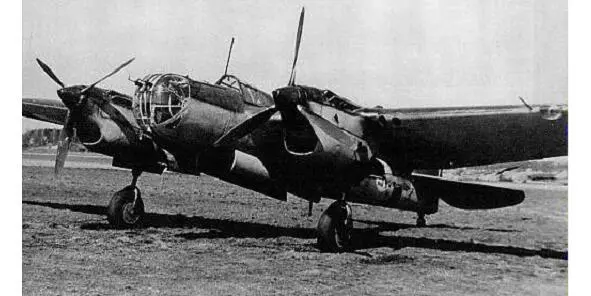
5. ANT-40 (SB)
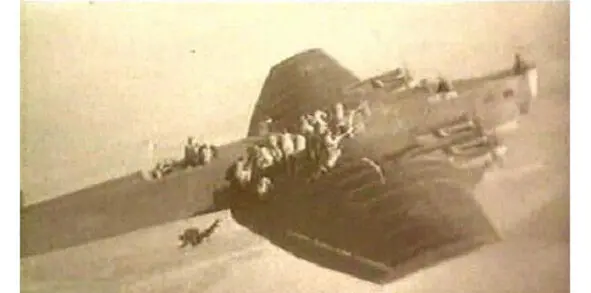
6. TB-3 (ANT-6)
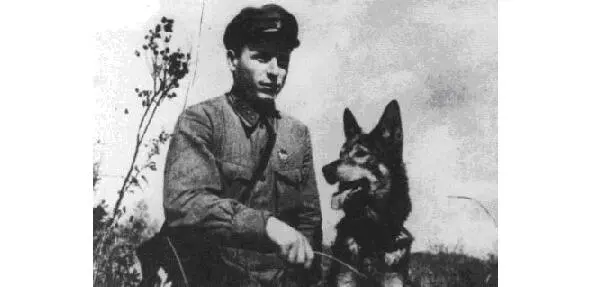
7. Nikita Fedorovich Karatsupa
1. Quite a good Czech tank 38 (t). The “pigeon people” of Czechoslovakia never let them go against the Wehrmacht. In total, the enterprises of Skoda produced 1400 of them. The crew is 3—4 people, the forehead of the body is 25 mm high, the bottom is 12 mm., The hull is 15 mm., The forehead of the tower is 25 mm., The side of the tower is 15 mm. Weight 10 tons. Gun 37 mm, ammunition 72 shells, two machine guns, speed along the highway 48 km. h, cross-country 15 km. h, a power reserve of 230 kilometers.
Читать дальшеИнтервал:
Закладка:
Похожие книги на «The Second World War. Day after day»
Представляем Вашему вниманию похожие книги на «The Second World War. Day after day» списком для выбора. Мы отобрали схожую по названию и смыслу литературу в надежде предоставить читателям больше вариантов отыскать новые, интересные, ещё непрочитанные произведения.
Обсуждение, отзывы о книге «The Second World War. Day after day» и просто собственные мнения читателей. Оставьте ваши комментарии, напишите, что Вы думаете о произведении, его смысле или главных героях. Укажите что конкретно понравилось, а что нет, и почему Вы так считаете.
